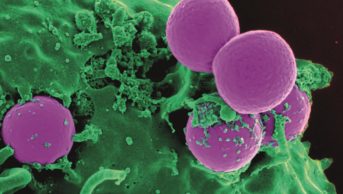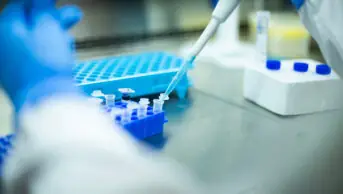
Shutterstock.com
Steroids, such as progesterone, regulate cell functions via two distinct signalling pathways – one acts on gene expression and the other membrane receptors. The latter pathway is involved in sperm activation, but many of its steps are unknown.
A team of researchers examined the effect of progesterone on sperm to try to identify the receptor involved.
Reporting in Science (online, 17 March 2016)[1]
, they found the receptor is an enzyme called ABHD2. When the enzyme interacts with progesterone, as happens when sperm enters the female reproductive tract, it activates a membrane channel that allows calcium ions to enter the sperm’s tail, making them hypermotile.
The researchers explain that, without this activation, sperm cannot swim strongly enough to reach the egg. They suggest that their finding could lead to new contraceptives or to new diagnostics and treatments for male infertility.
References
[1] Miller MR, Mannowetz N, Iavarone AT et al. Unconventional endocannabinoid signaling governs sperm activation via sex hormone progesterone. Science 2016; 10.1126/science.aad6887.


